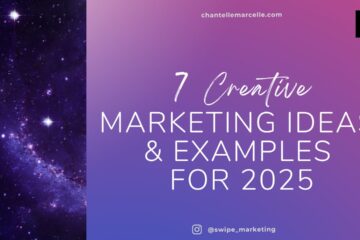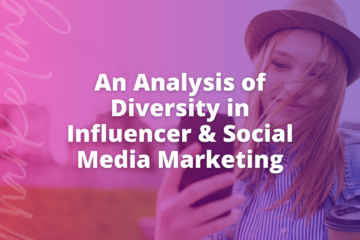
How to Improve Your LinkedIn B2B Marketing Strategy

LinkedIn provides an invaluable platform for companies, especially those in the B2B space. With that said, you can’t afford to neglect outlining a robust LinkedIn B2B marketing strategy.
Let’s look at some of the statistics of what you stand to gain:
- LinkedIn produces a website visitor-to-lead conversion rate 3x higher than Facebook and Twitter
- 65% of your buyers say your social media content has an impact on their purchasing decisions
- Social selling yields a 57% higher ROI than traditional methods like cold calling
Do you really want to leave all that on the table?
If your answer is no, here are some tips you can implement for a better LinkedIn B2B marketing strategy.
1. Don’t just rely on organic content; you need a paid content marketing strategy, too.
Most social media platforms tightened up and evolved in response to the need to maximize revenue streams. The days of posting brand content and getting tremendous reach are largely over for most companies.
Organic reach is declining.
What does that mean for your LinkedIn brand strategy?
If you want to have the biggest impact with your content, you need to establish a solid paid advertising component to your social media strategy.
That’s the most effective way to ensure maximum ROI from having a brand presence on LinkedIn (or any other platform at that).
2. Initiate an employee evangelism program.
Putting the majority of your LinkedIn B2B marketing strategy focus on your brand page is a mistake.
Messages have 561% higher reach when shared by employees via their personal social media accounts than an official corporate company page. And employee advocacy can result in 5x increase in web traffic and 25% more leads.
Most of a company’s employees are already active on social media and talking about their employer (about 50% or more on average).
Why not encourage them to expand your brand reach and use the opportunity to build their own personal brand as well? A study found that only 135 employee brand advocates have a combined reach greater than a Facebook company page with 1 million followers. And that leads coming in from employee advocacy convert faster than leads from other sources.
Imagine the possibilities here.
3. Study the best practices of LinkedIn content creation.
Content creation makes up the primary focus of an effective LinkedIn B2B marketing strategy. You need the right balance between quality and quantity.
But there’s more to it than that.
LinkedIn requires a unique touch compared to most other social media channels. What works for Instagram or Twitter won’t necessarily work for LinkedIn. (If you missed it, here are my tips for improving your content specifically for LinkedIn).
And for the most part, LinkedIn doesn’t explicitly lay out the intimate details of how to appease the platform’s algorithm for maximum impressions and engagement. (Although they do occasionally release insight into the algorithm to help serve as a loose guide.)
But when you’re an active member of the LinkedIn user base, you learn a lot through trial and error.
You also pick up valuable tips by following other power users and reading what they advise. LinkedIn users love to discuss what they’re testing and what they’ve observed about their content performance. It’s one of the quirks of the LinkedIn community. So by becoming attuned to what others are saying, you stand to benefit from the combination of their experiences plus your own.
The best advice I can offer?
Get involved. Dive in and start publishing content on LinkedIn right now to start learning what works for you and how you can achieve all the benefits the platform has to offer.
Want more tips and recommendations on how to improve your LinkedIn strategy? Follow me on LinkedIn to see my daily content. Or sign up for my newsletter and get marketing insight delivered to you weekly.


